Kit List

Use the kit numbers below when filling out your checkout form and follow the links for more information on each kit!
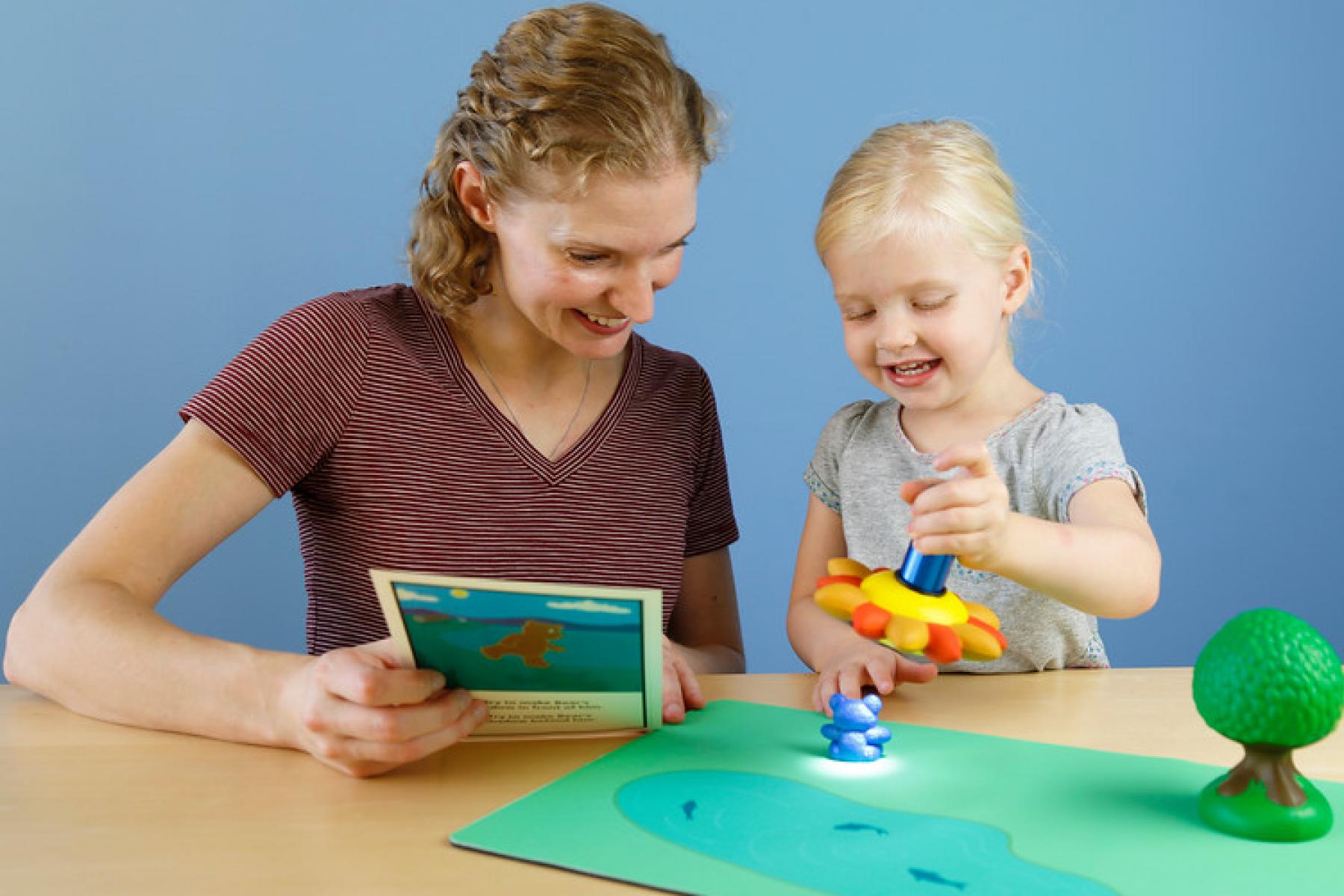
#1 - Bear's Shadow
Move a flashlight around an object to make and experiment with shadows. This activity is designed primarily for young visitors and their families. 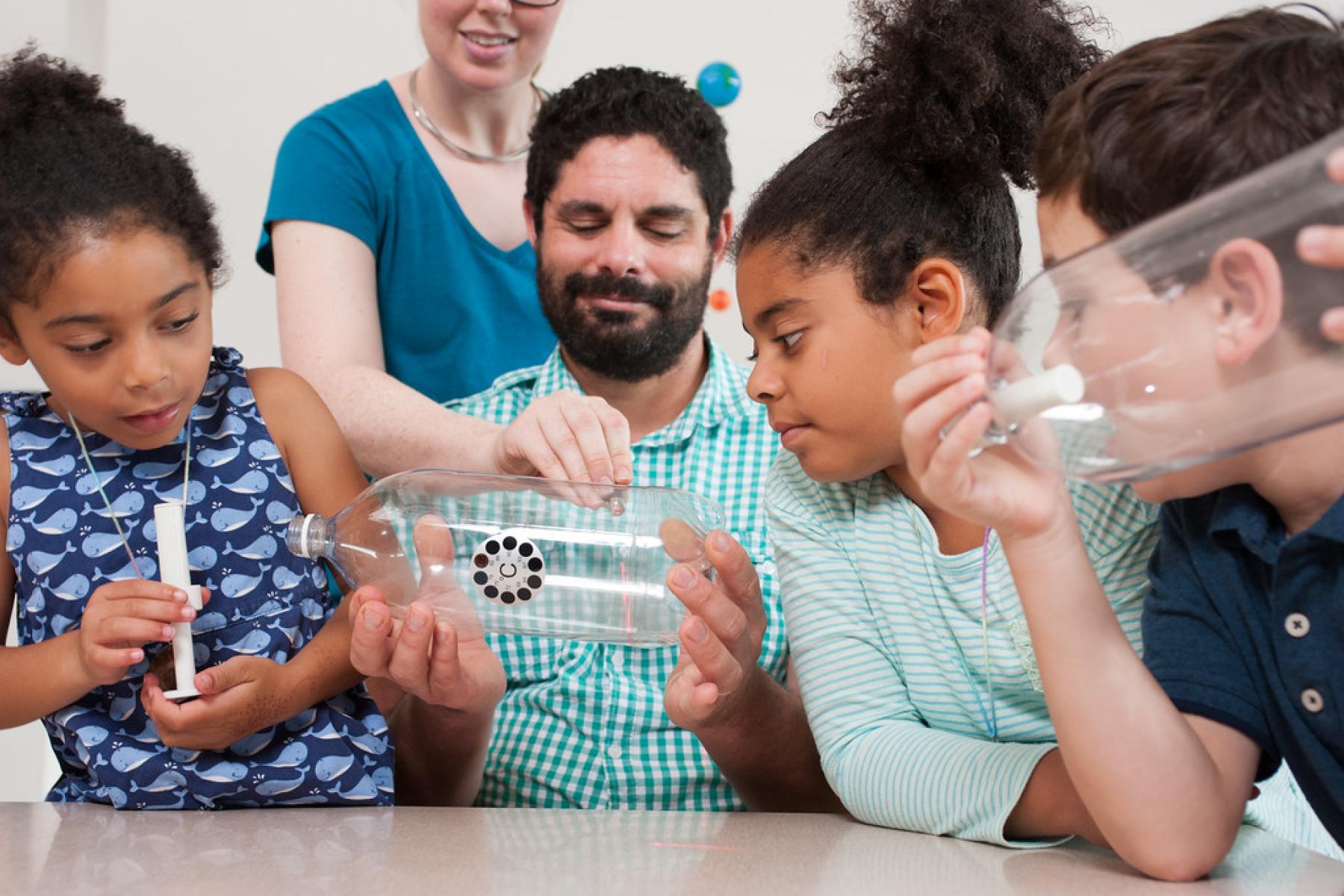
#2 - Investigating Clouds
Learn about ways that NASA uses satellite technology to observe clouds from above and explore ways that ground-based data, including some generated through citizen science projects like the GLOBE Observer app, are also used to study Earth’s cloud cover from below.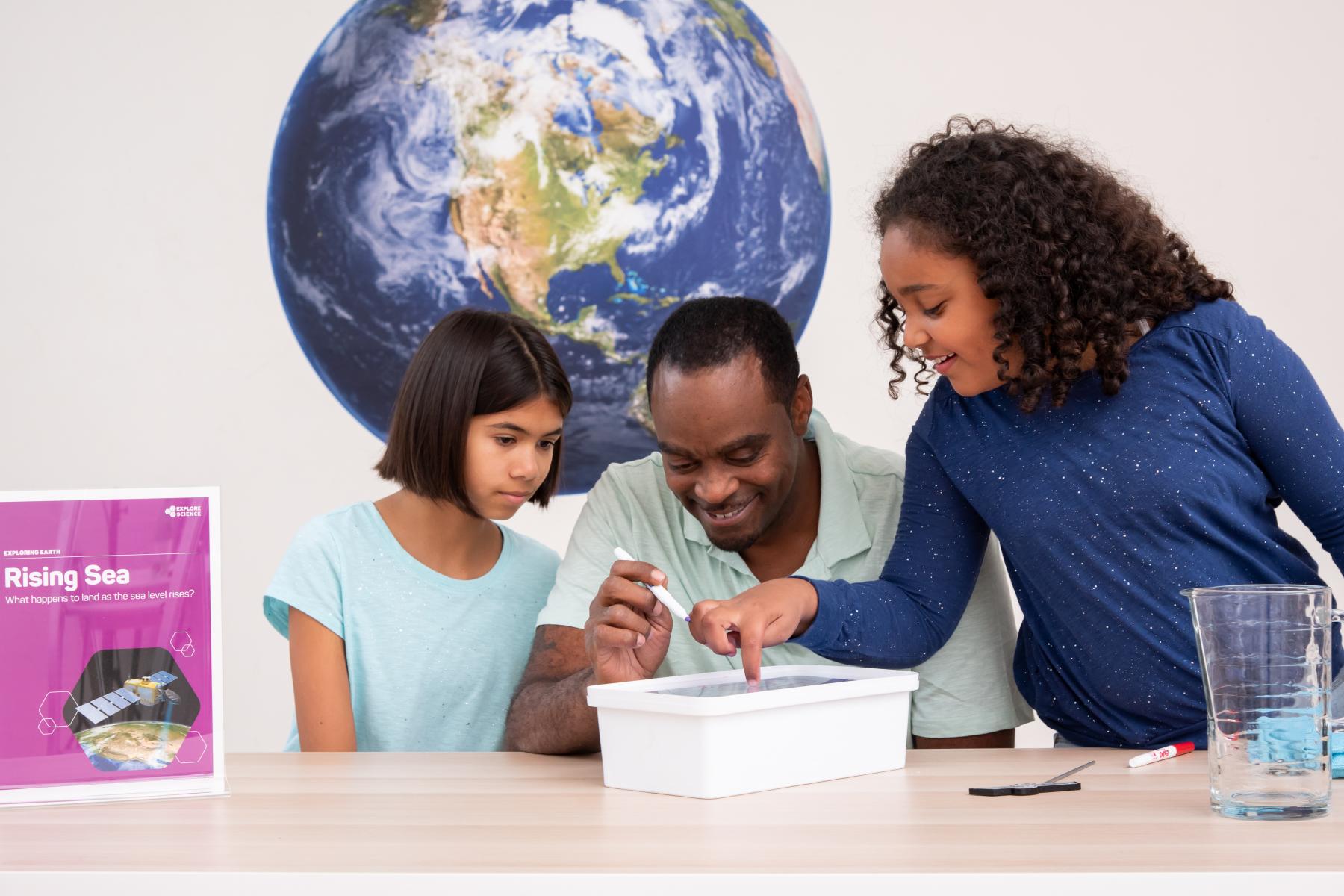
#3 - Rising Sea
Demonstrate the ways to track changes in sea level by using topographical mapping techniques. This activity is connected to current NASA research. 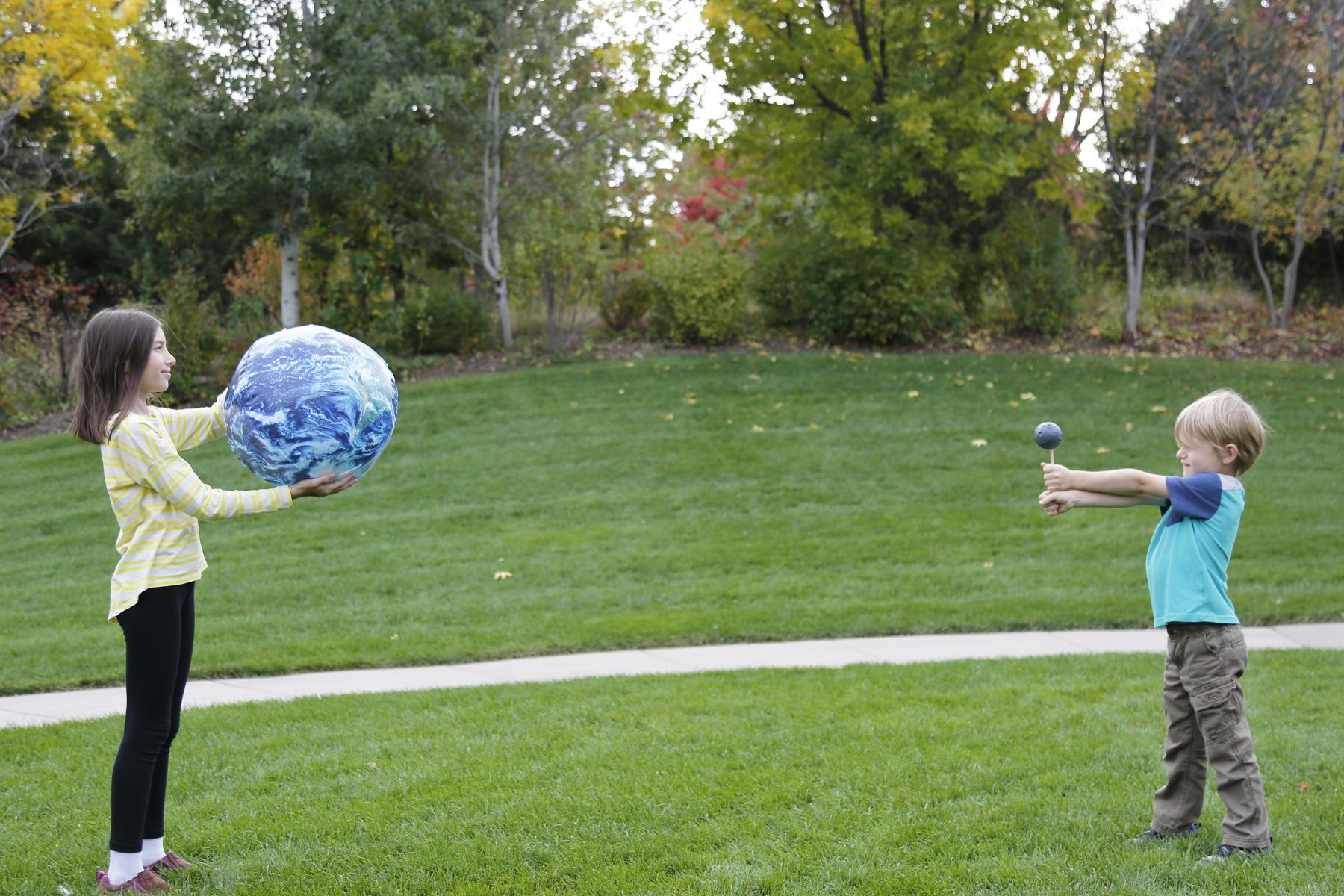
#4 & #6 - Eclipse Mini Kits
Discover how the alignment of the Sun, Earth, and Moon can cause an eclipse. Visitors investigate the positions of these objects to create shadows and learn about solar eclipses.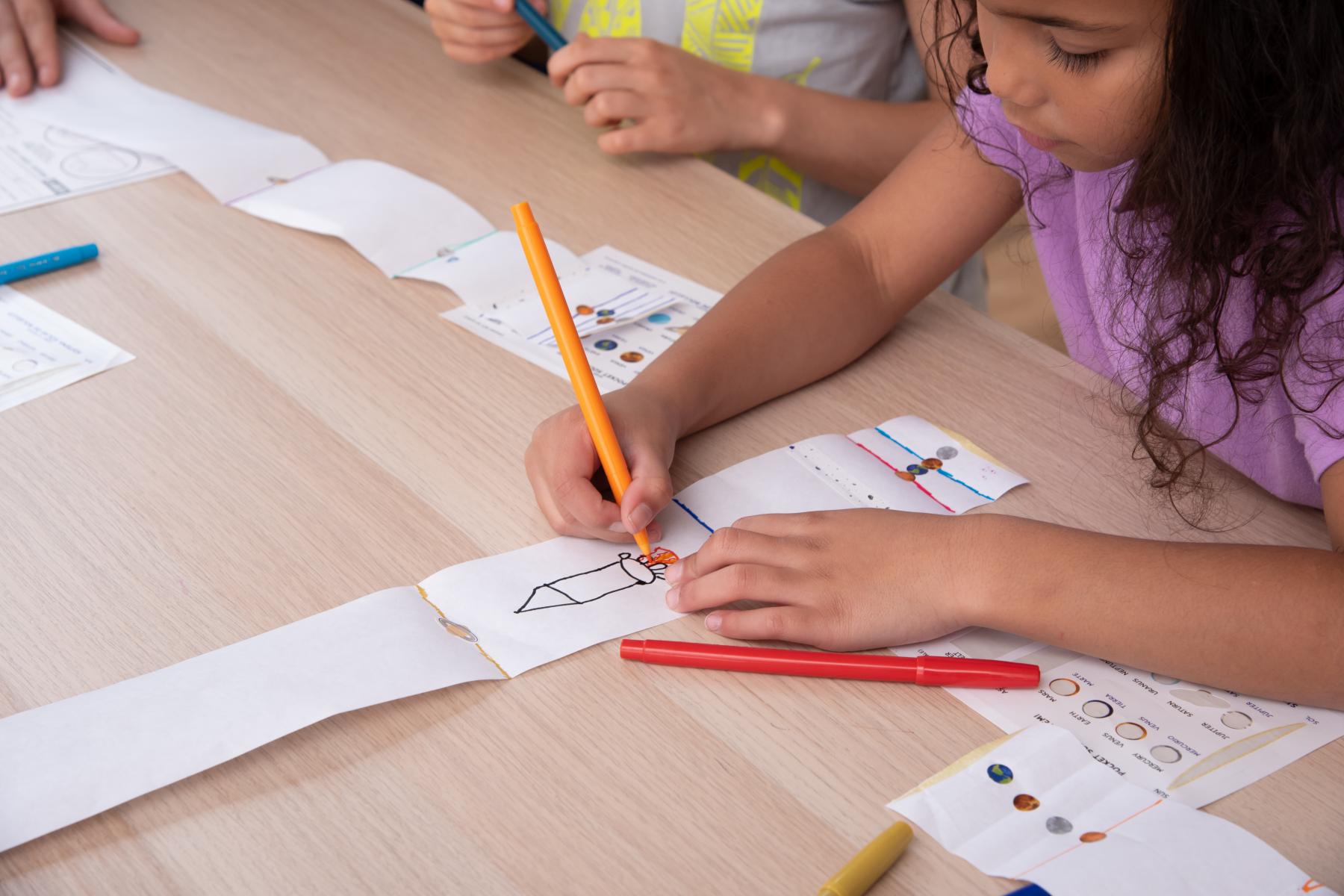
#5 - Pocket Solar System
Make a scale model of the distances between objects in our solar system. Participants learn about the space between planets, and that our solar neighborhood contains many interesting features! 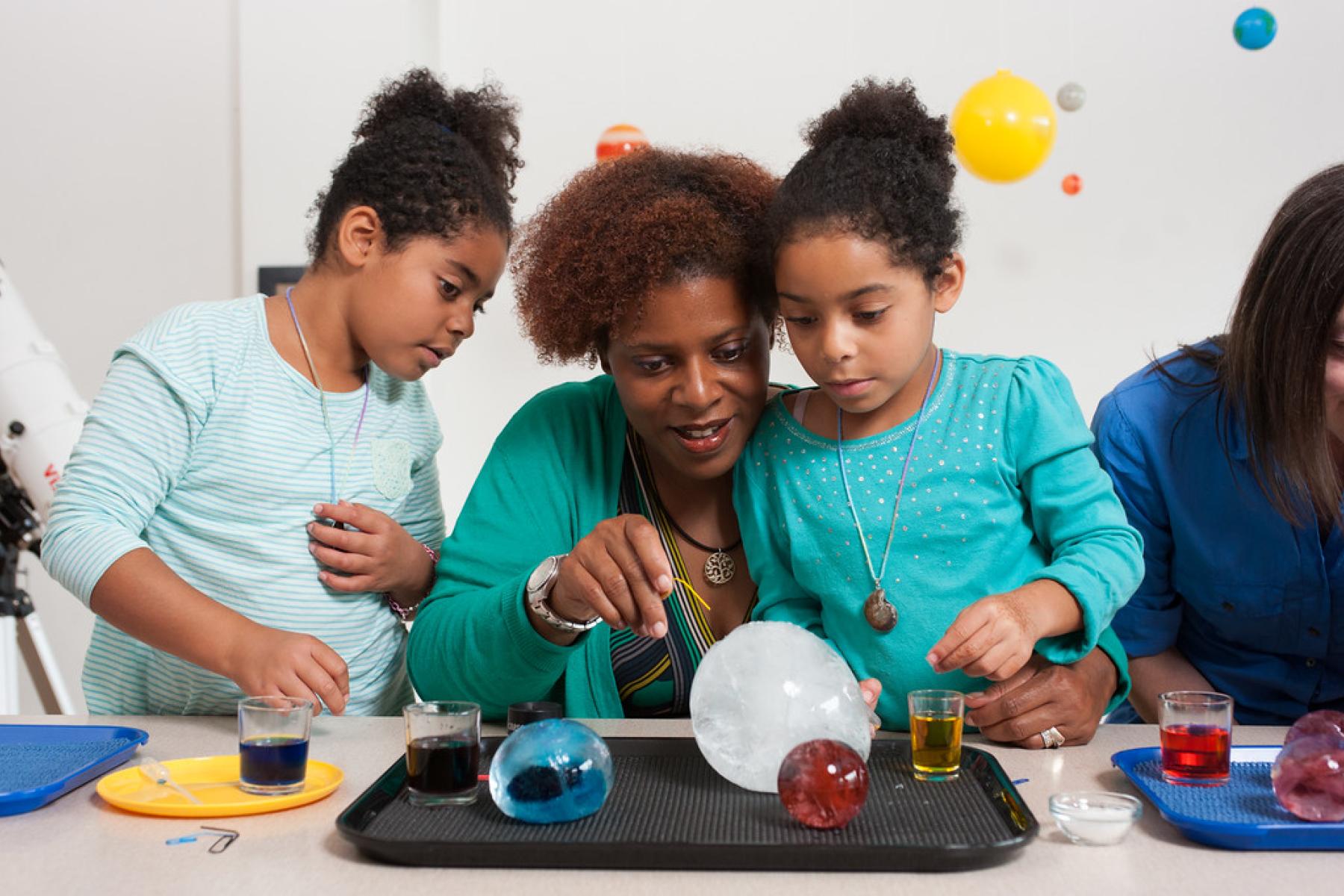
#7 - Ice Orbs
Investigate a frozen sphere, and try to learn about objects hidden inside. Learn that planetary scientists at NASA are investigating "icy worlds" in the outer solar system, looking for evidence of liquid water and possible signs of life beneath the icy surface. 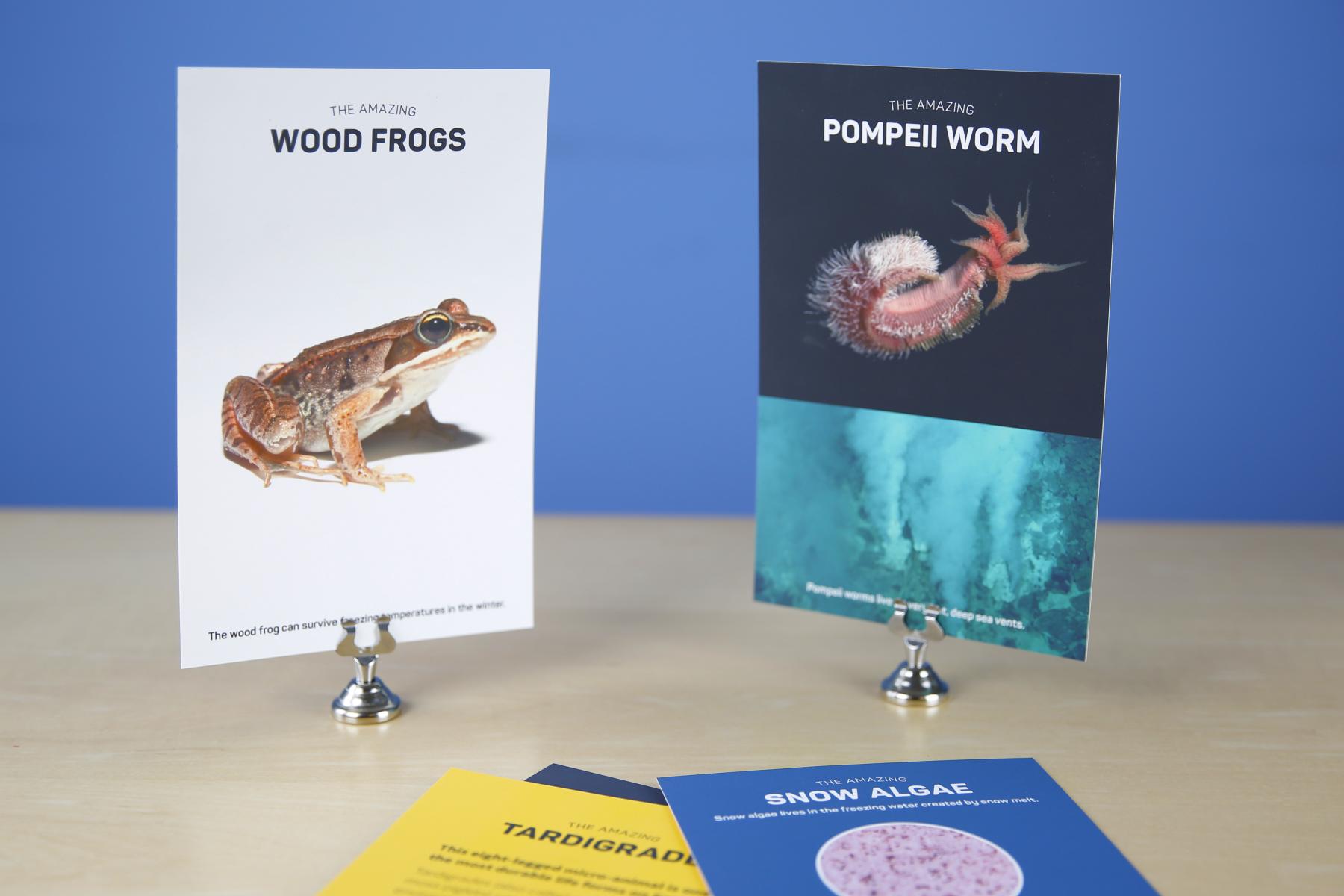
#8 - Imagining Life
Imagine and draw an extreme environment beyond Earth, then invent a living thing that could thrive in it. Learn that NASA scientists study extremophiles on Earth to imagine the variety of life that might exist elsewhere.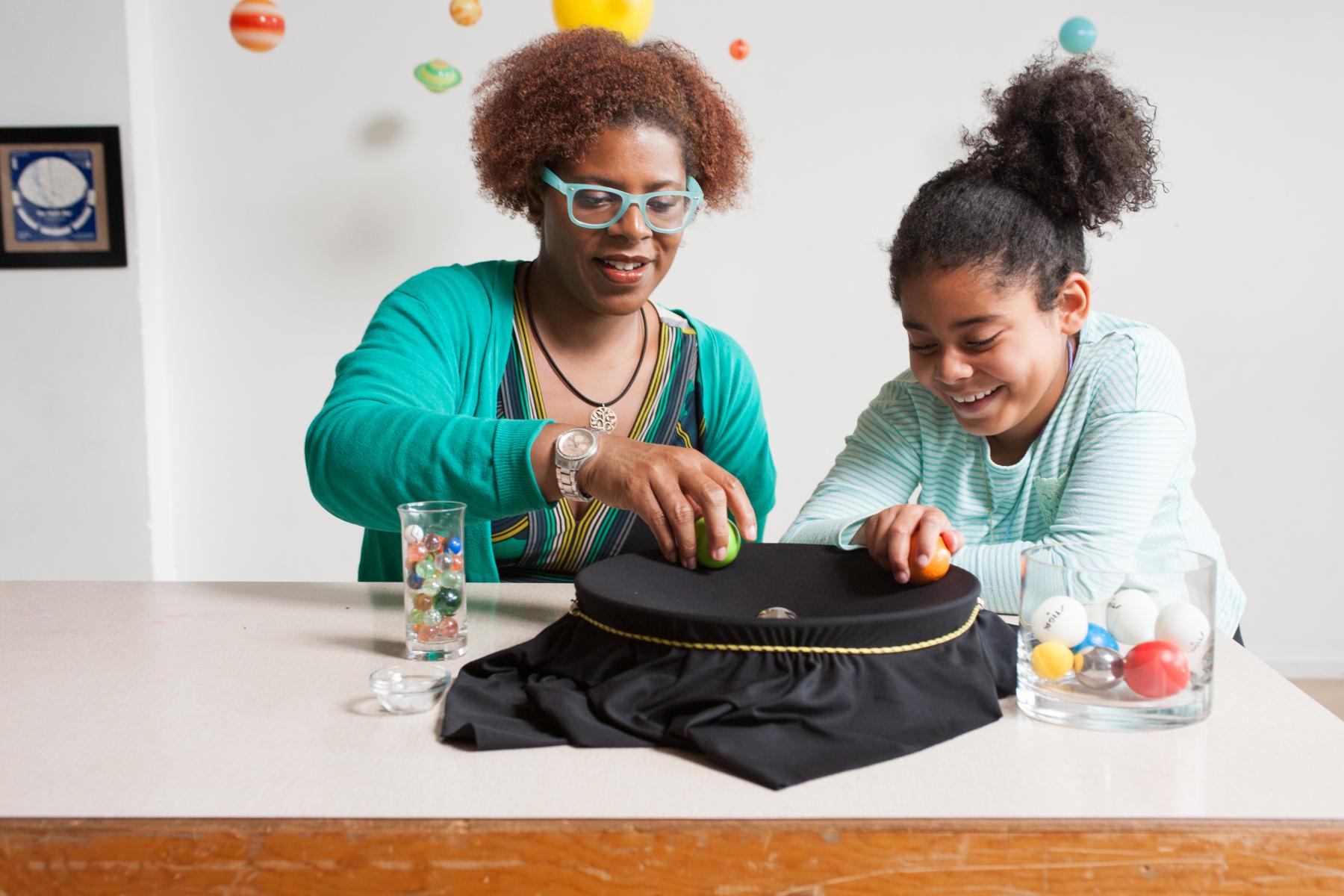
#9 - Orbiting Objects
Experiment with different sized and weighted balls on a stretchy fabric well, modeling gravitational attraction in space. Participants investigate how changing conditions can cause phenomena like stellar wobble and planet formation.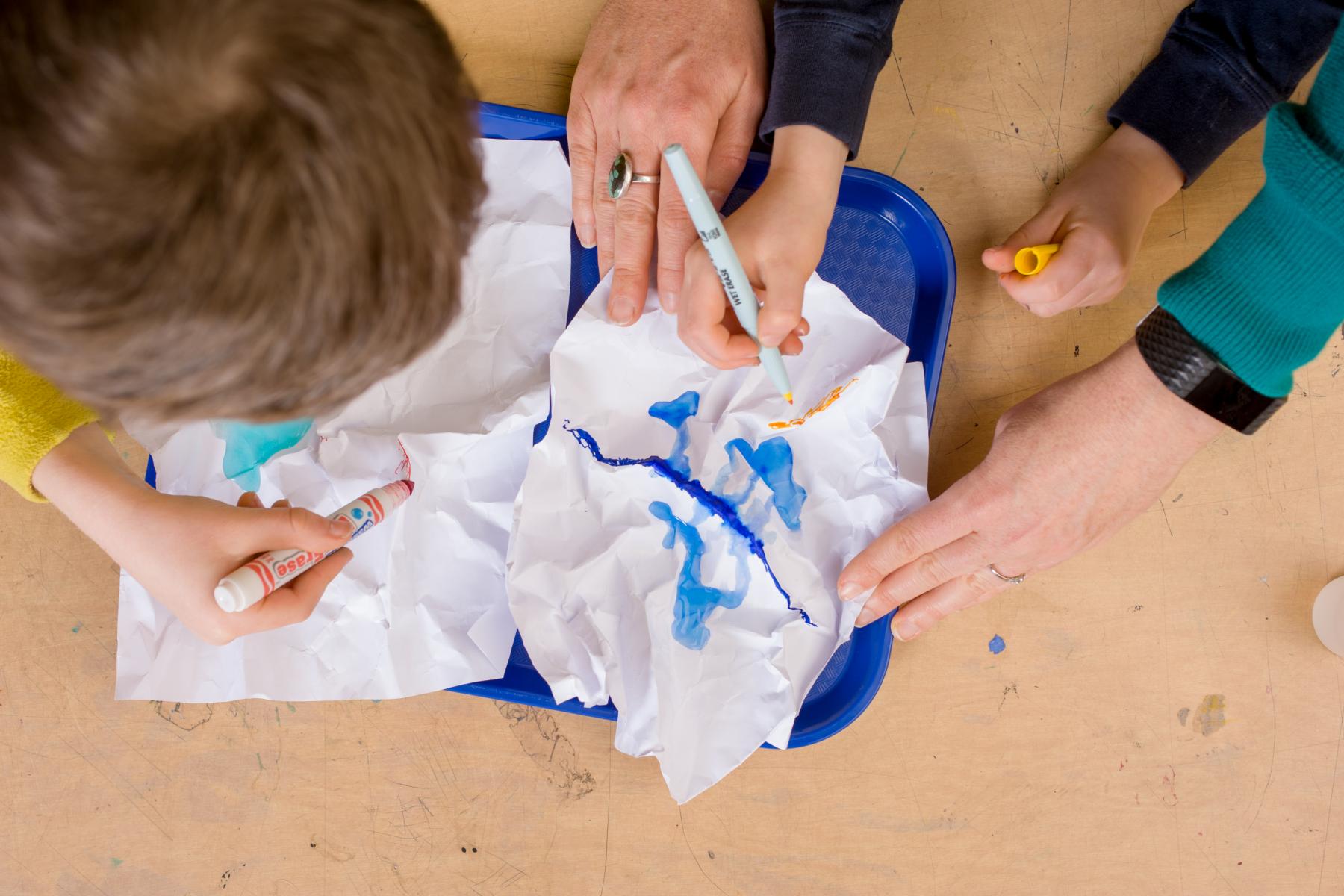
#10 - Paper Mountains
Explore the way the shape of the land and the pull of gravity influence how water moves over Earth. Make unique mountain models from crumpled paper and watch how water moves across them.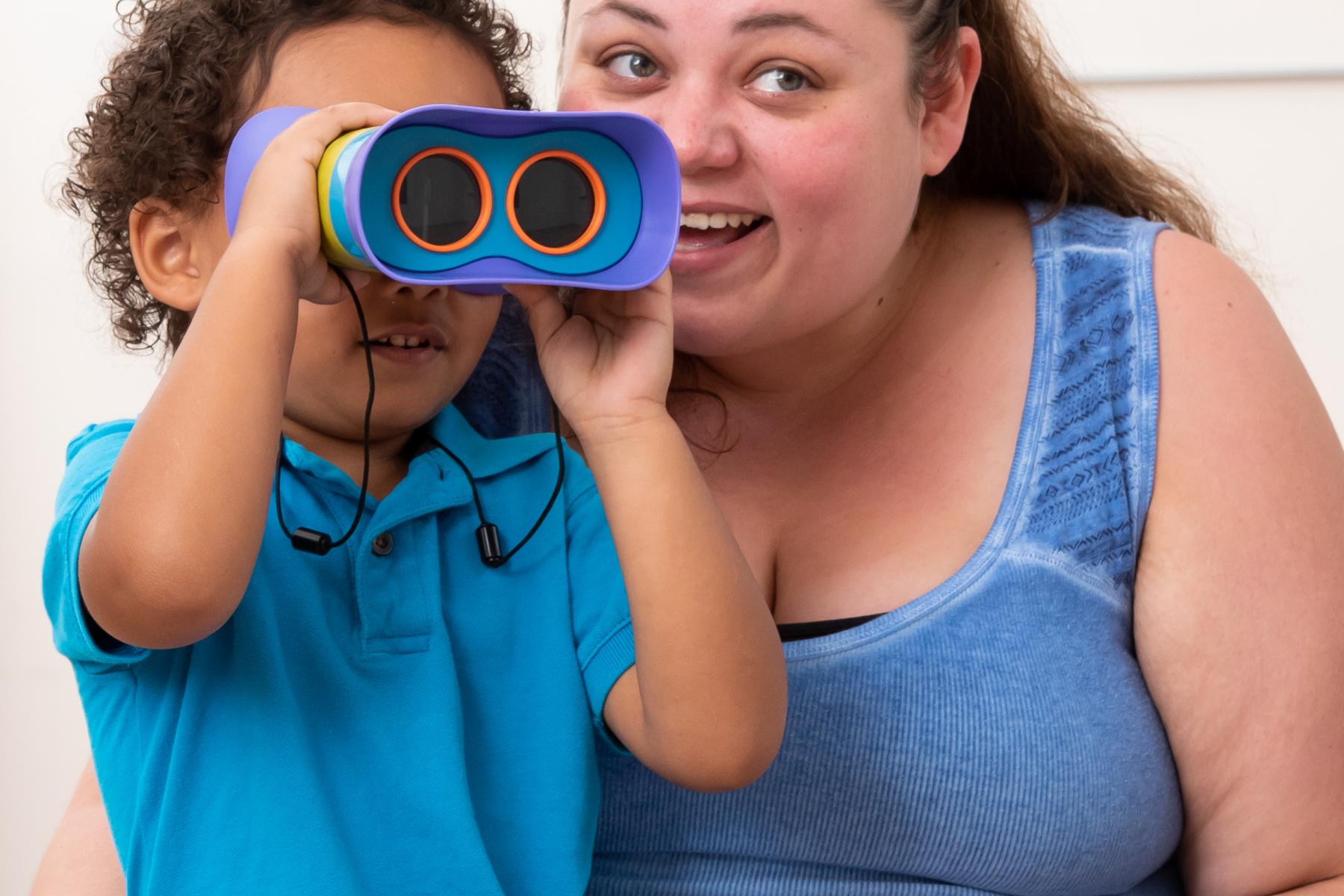
#12 - Hide and Seek Moon
Easy-to-use binoculars and a hidden object Moon poster let young participants discover how tools can make distant objects appear closer and brighter. The Moon Rope book shares a story of one of the ways people have made meaning out of the shapes they see on the Moon.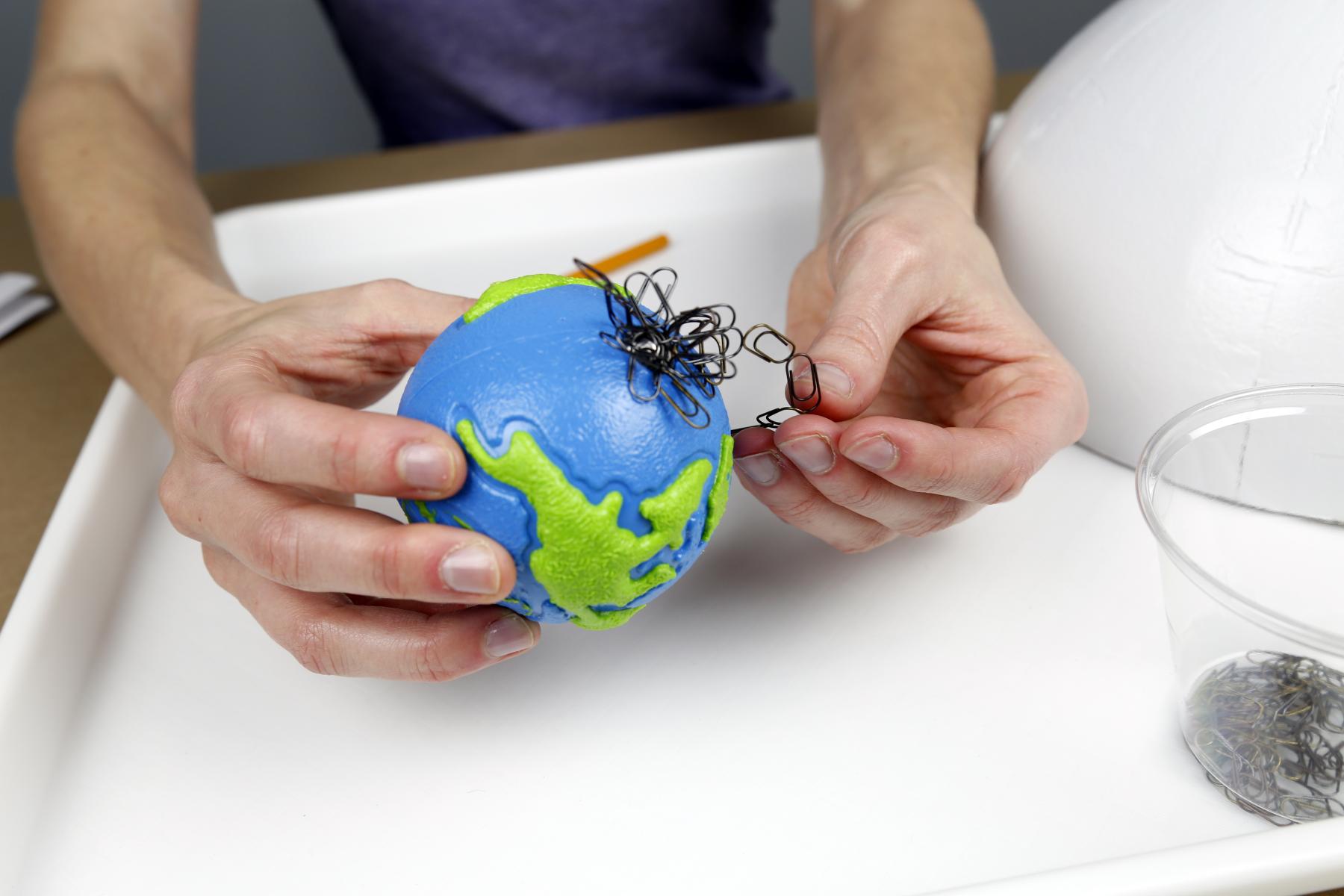
#13 - Magnetic Fields
Learn how scientists can use tools to study the invisible magnetic fields of Earth, the Sun, and other objects in the universe.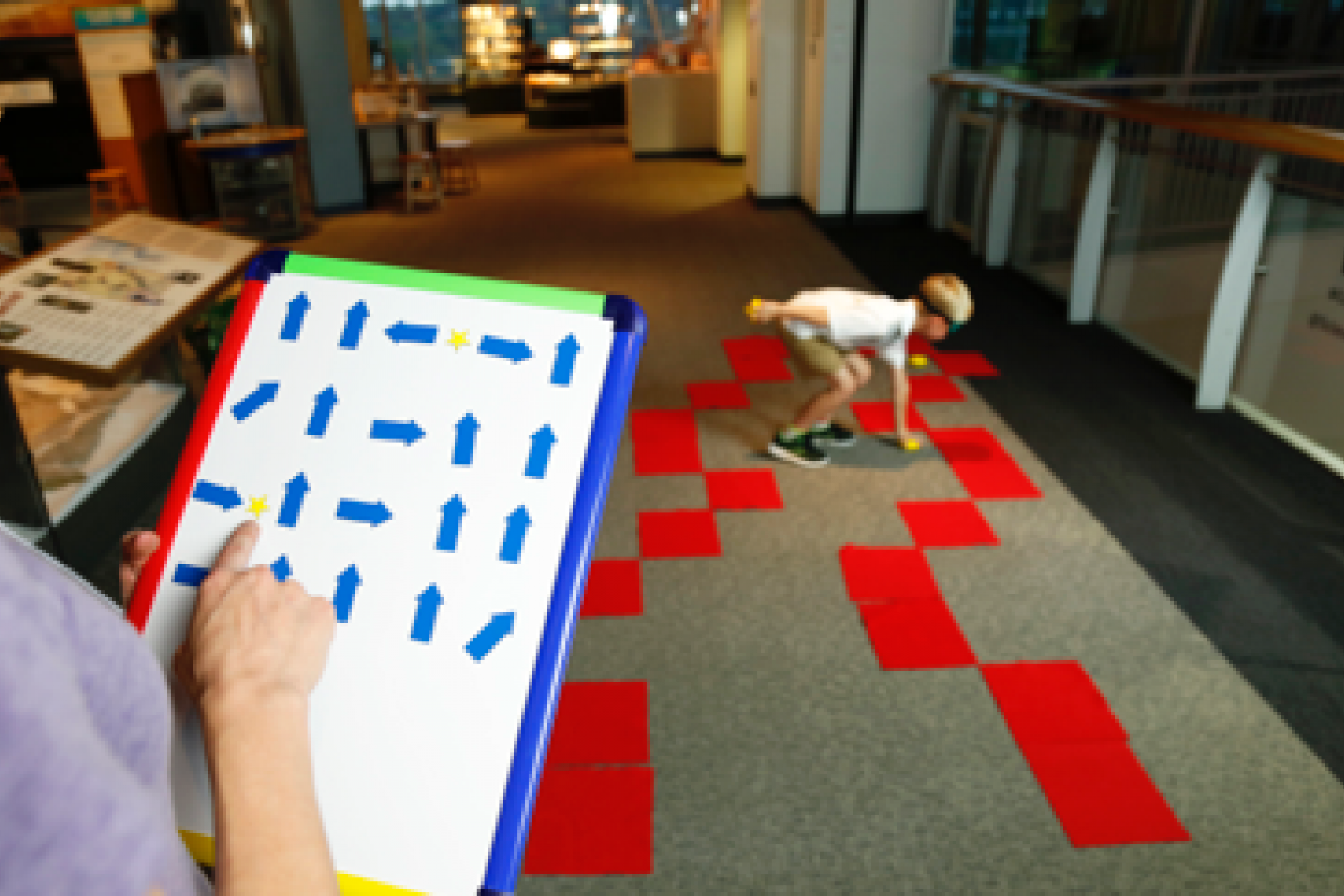
#14 - Mars Rover
Act as “Mission Control” and a “Rover” must work together to navigate a large obstacle course. Participants can also design their own rover to fit the particular challenges of exploring a distant planet.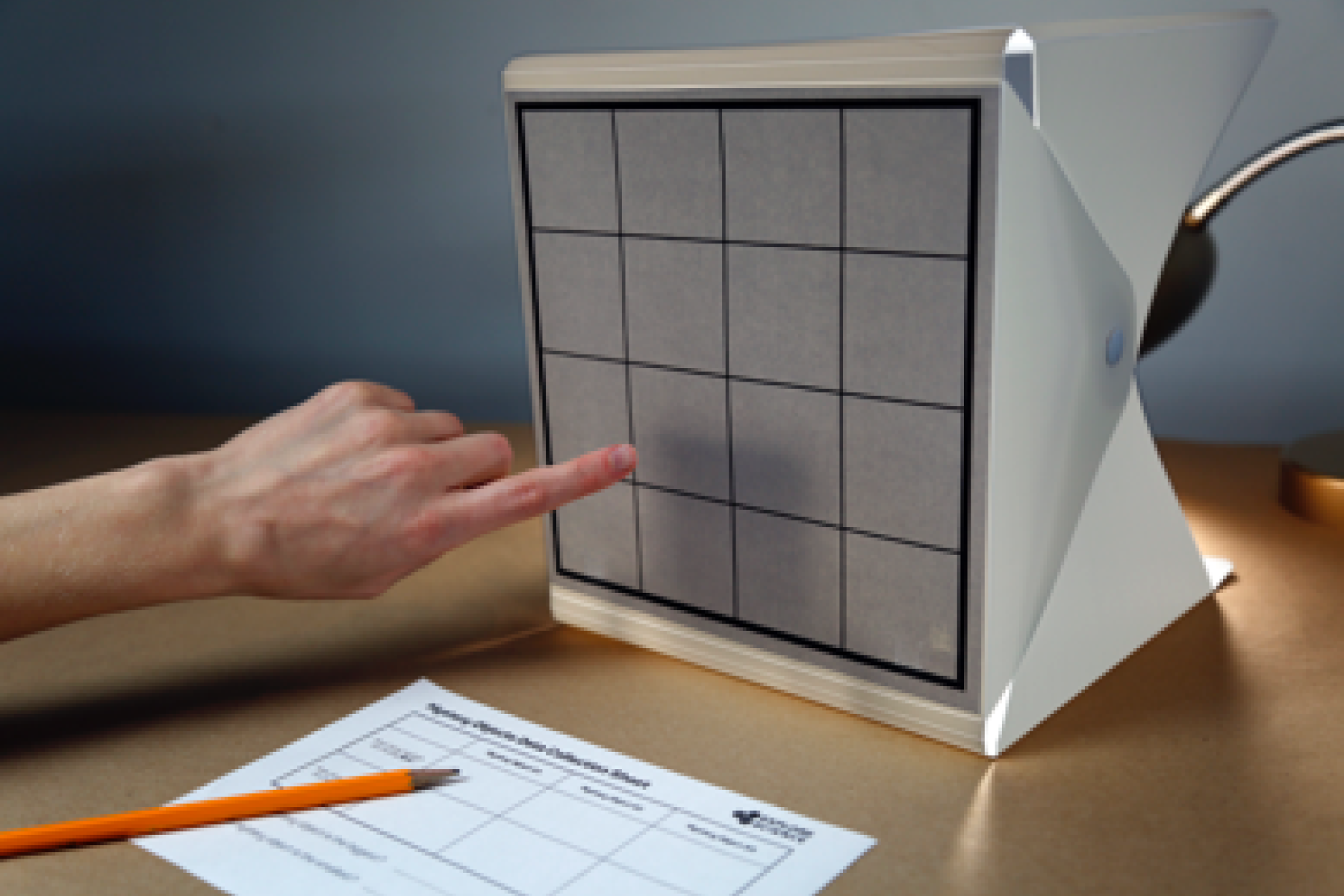
#16 - Exoplanet Transits
Simulate one of the methods scientists use to discover planets orbiting distant stars. Learn how scientists can infer a faraway planet's presence by watching for slight, regular dips in a star's brightness.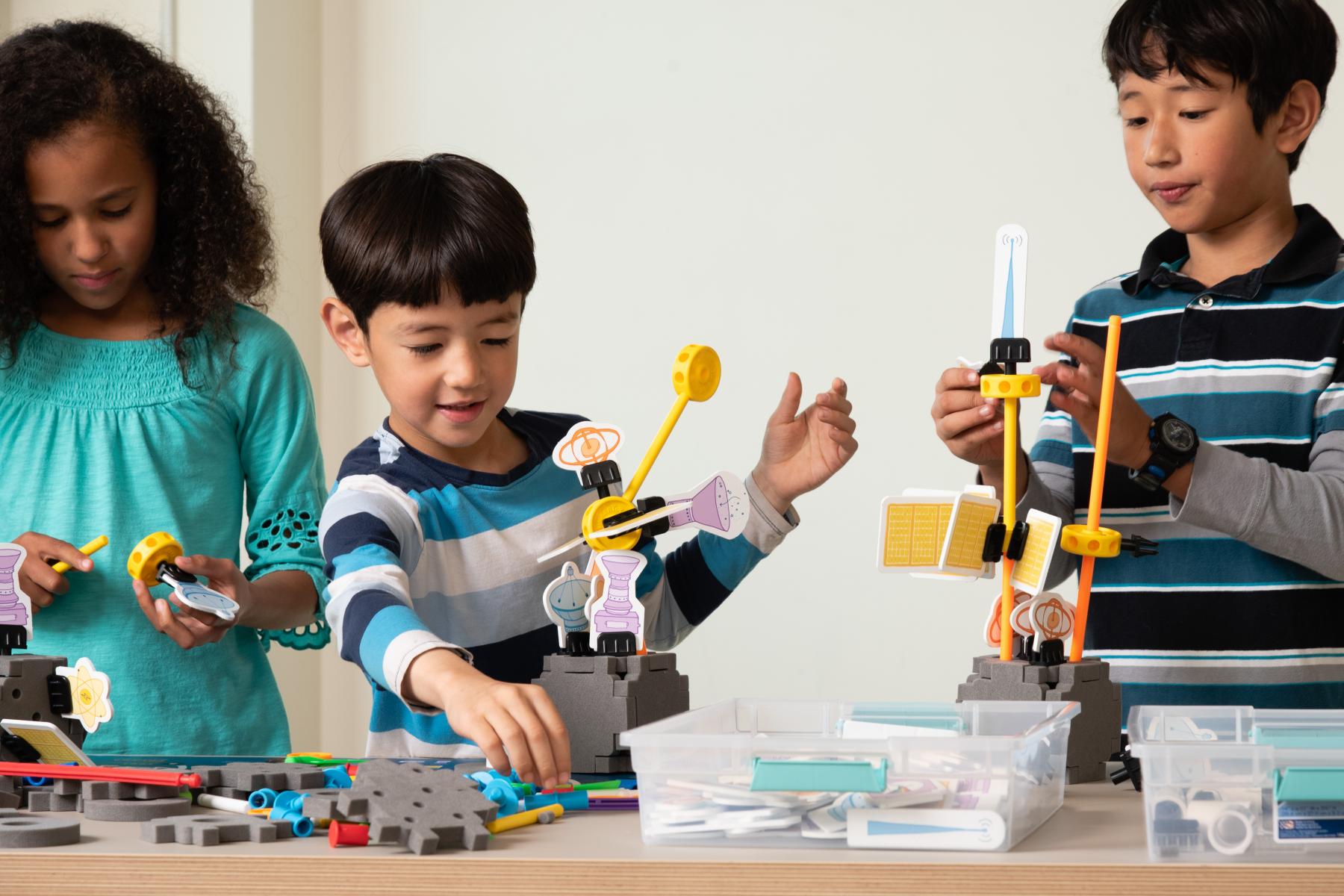
#21 - Design, Test, Build
Imagine a scientific mission to space, draw inspiration from existing spacecraft, and then design and build their own simple model space craft to accomplish the goals of their mission. After assembling a spacecraft and attaching tools, complete a series of tests to ensure that they’re ready for launch.
#19 - Pack a Space Telescope
Get a taste of the challenges faced by engineers in designing and building complicated tools that can fold up to fit inside a spacecraft, and then unfold again when they deploy in orbit. Design, build, pack, and deploy model space telescopes.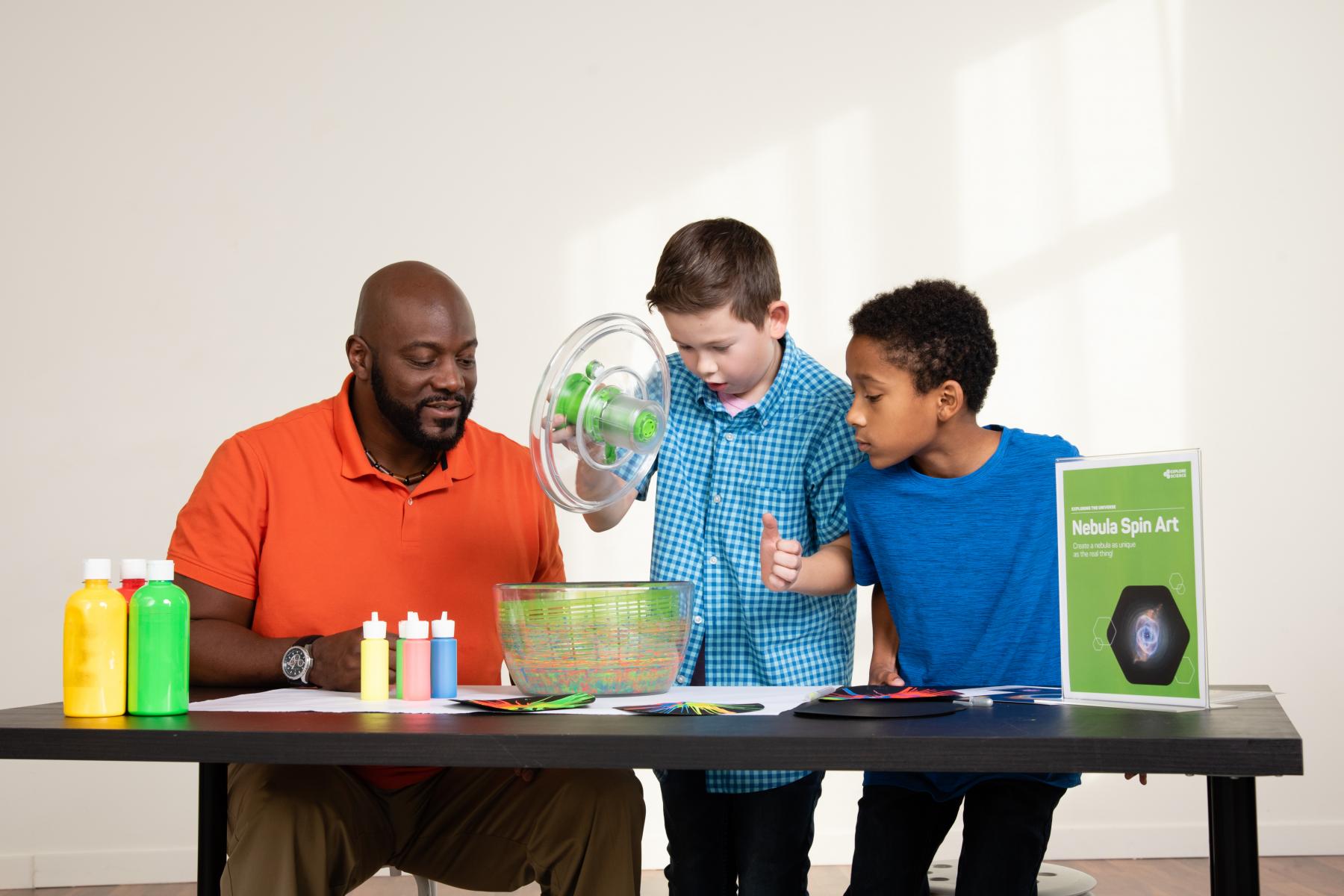
#23 - Nebula Spin Art
Create a colorful model nebula using paint and a spinner, learning about how the gigantic clouds of gas and dust in space, called nebulas, are formed.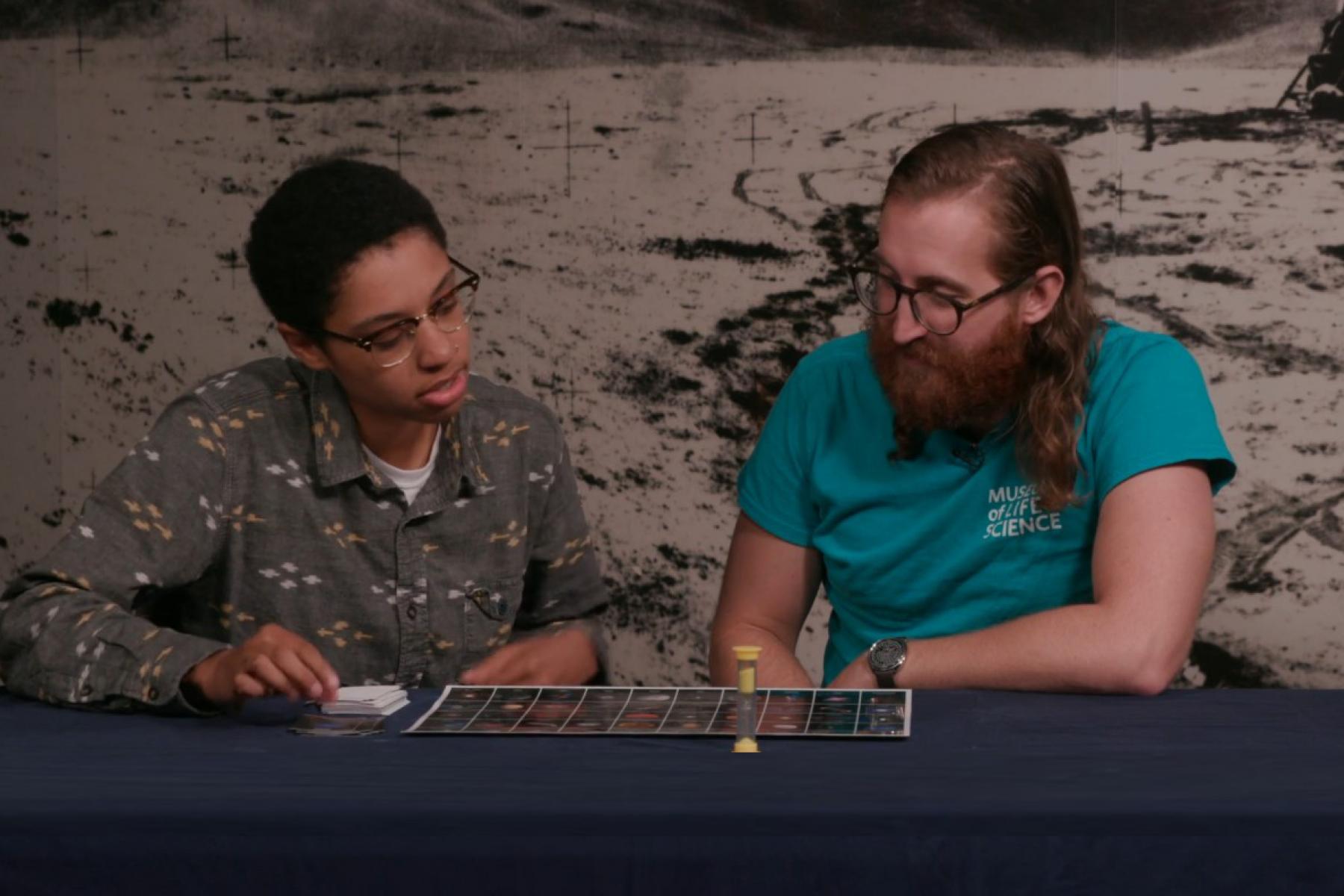
#24 - Space Guess Quest
Identify the many types of objects in space, from human-made spacecraft to nebulas, galaxies, stars, and worlds. Players ask yes-or-no questions about their opponents' secret object until they can correctly identify it among all the objects on the game board.
#25 - Star Formation
Model the star-formation process by adding energy (via a hairdryer) to matter floating in space (ping pong balls) to see how much of it they can get to "clump" in an empty container. The more matter they can accumulate, the larger their model star will be. 
#26 - Early Exploration
Practice scientific ways of thinking that are appropriate for early learners, while getting a feel for some properties of water. The activity highlights science process skills: in other words, what doing science can look and feel like at a young age.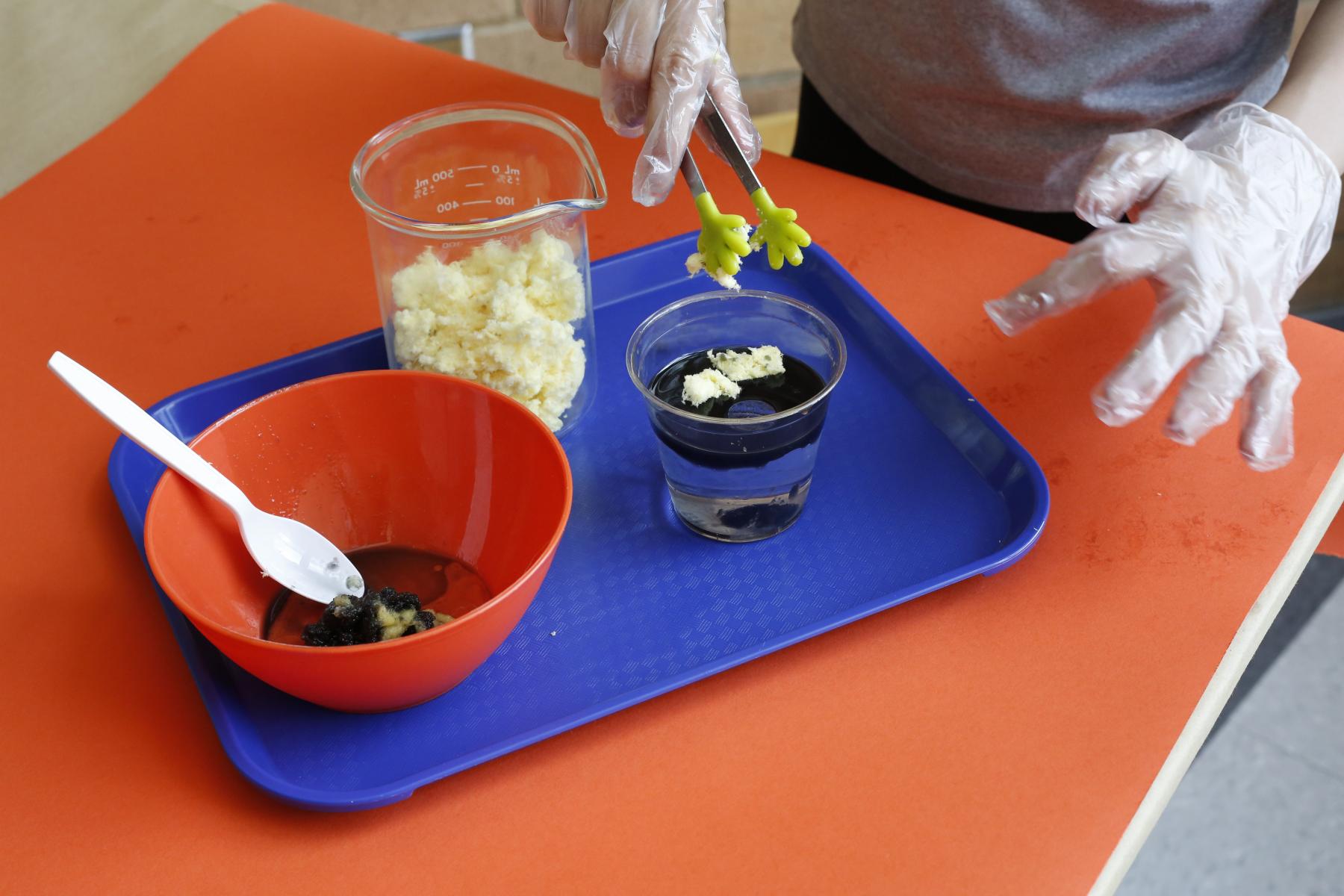
#28 - Cleaning Oil Spills
Learn how different materials interact, and problem-solve to clean up a miniature model "oil spill." Which method (or combination of methods) works best?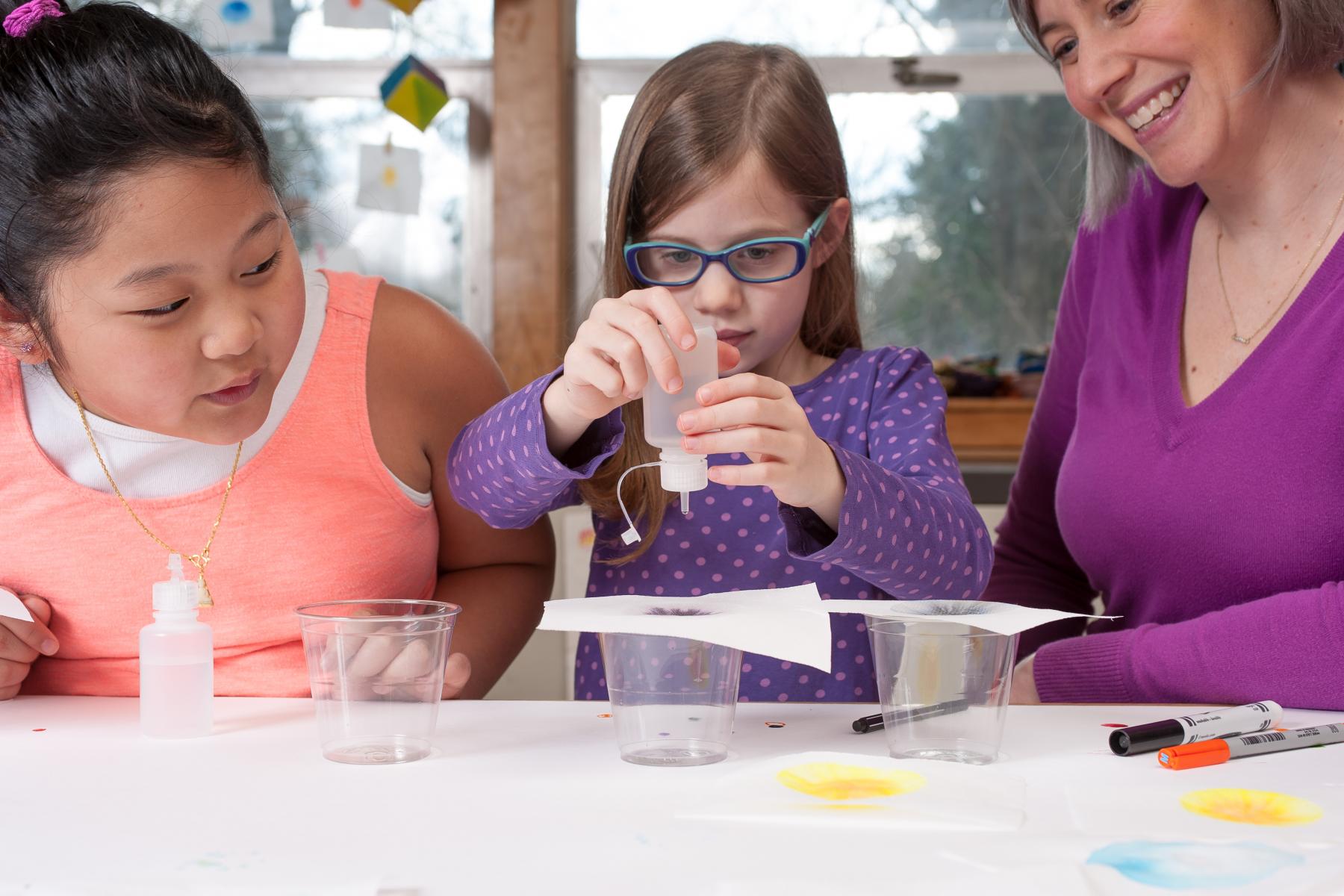
#29 - Chemistry is Colorful
Explore materials through paper chromatography. This process highlights the properties of different pigments blended together in a marker by creating a colorful chromatogram.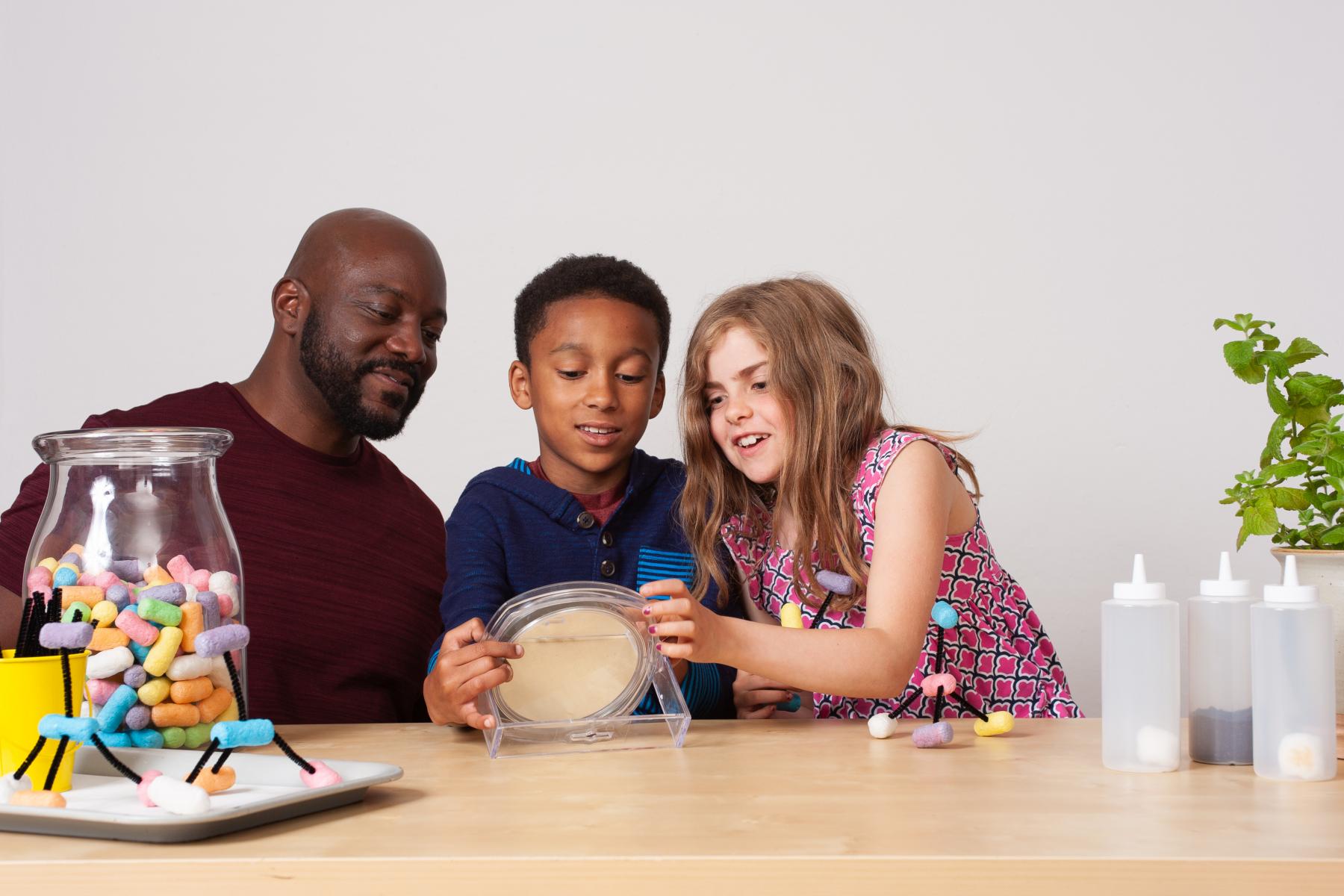
#30 - Chemistry Makes Scents
Distinguish between chemicals with very similar structures by using the sense of smell! While these chemicals can behave similarly, they often have very different properties (including the way they smell).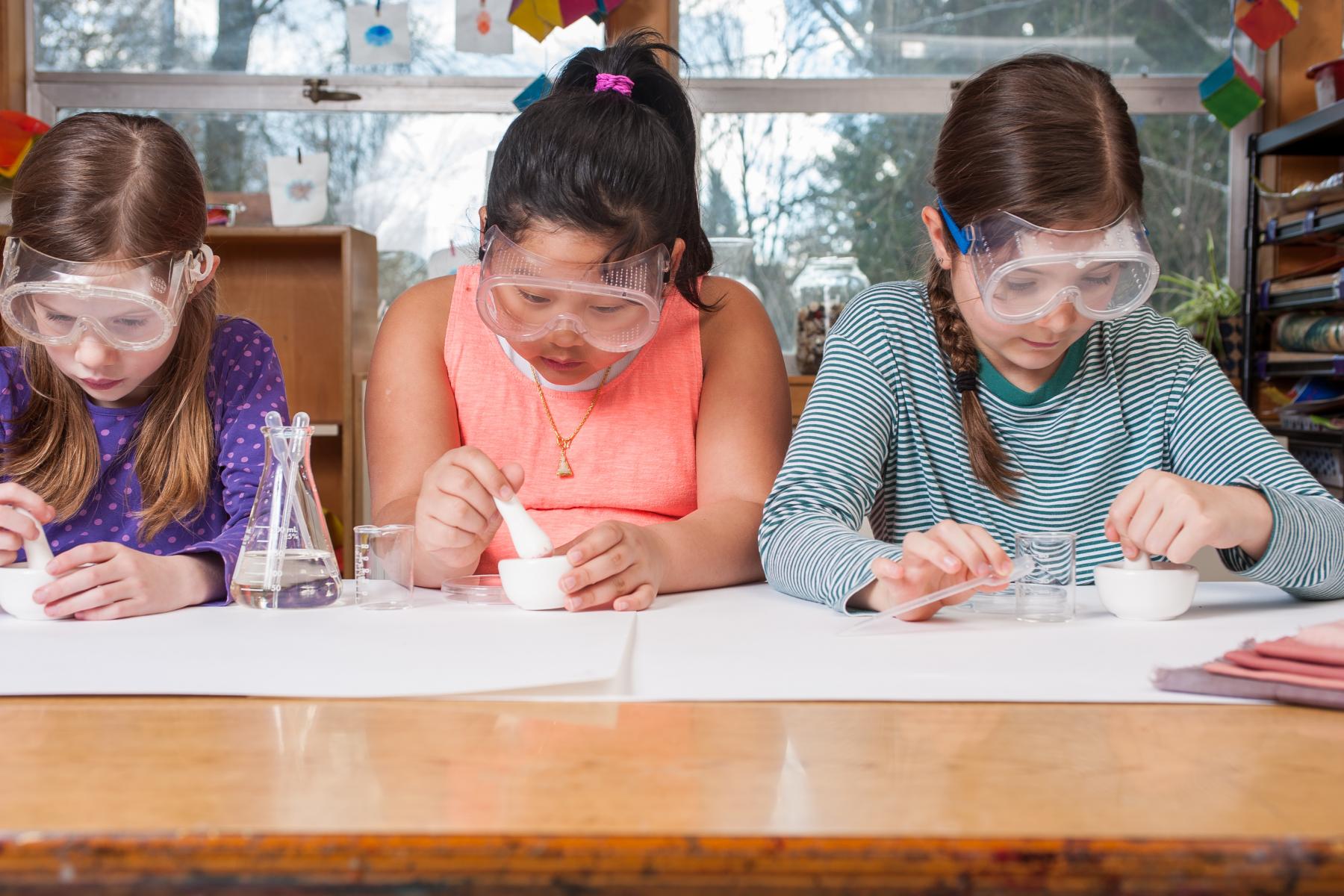
#32 - Nature of Dye
Create dyes and art while exploring how chemicals interact, and how these interactions can have real-world applications. Predict, observe, and share during the experiment with the dye.
#35 - What's in the Water?
Use tools to solve a mystery: what chemicals and compounds are in a sample of water. By investigating with a variety of tools and techniques, understand how chemistry can help us explore, understand, and solve problems.
Kits developed and distributed by NISE
